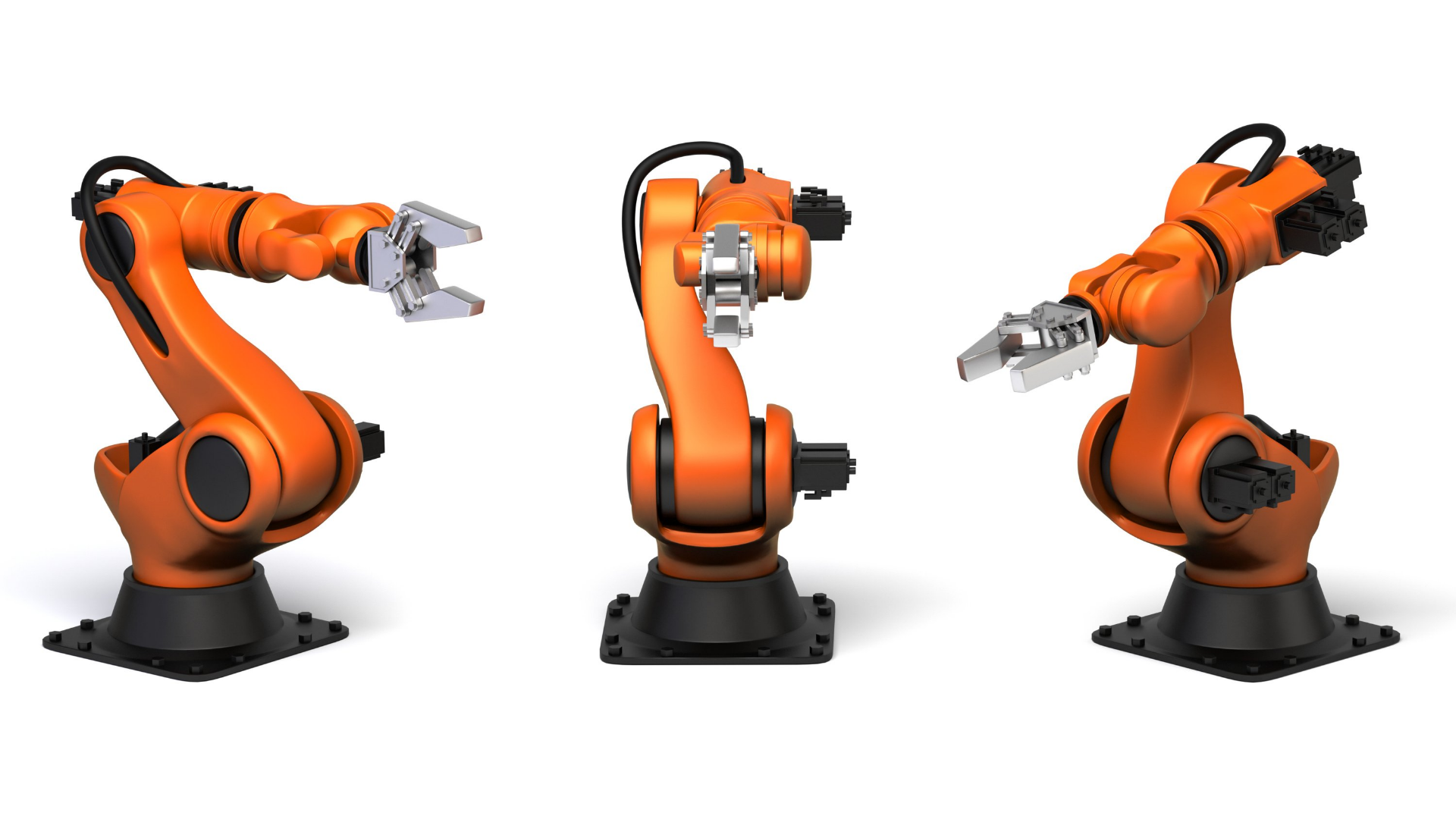Currently Empty: ₹0.00

These are some types of robots given below:
The following are some examples of robots:
Articulated: This robot’s distinguishing feature is its rotational joints, which range in number from two to ten or more. The arm is linked to the rotary joint, and each joint is known as an axis, which allows for a variety of movements.
Cartesian robots are sometimes known as gantry robots. These have three joints that employ the Cartesian coordinate system, namely x, y, and z. These robots have attached wrists that allow them to rotate.
Cylindrical: These robots contain at least one rotatory joint and one prismatic joint that are utilised to connect the links. Rotatory joints are used to rotate along an axis, while prismatic joints are utilised to give linear motion.
Polar robots are sometimes known as spherical robots. The arm is attached to the base through a twisting joint and has two rotatory joints and one linear joint.
Scara: These robots are mostly employed in assembly applications. Its arm is cylindrical in shape. It has two parallel joints that give compliance in a single plane.
Delta: The structure of these robots is similar to that of a spider. They are made up of joint parallelograms that are linked to a common basis. In a dome-shaped work area, the parallelogram moves. These are primarily found in the culinary and electrical industries.
Robot scope and limitations: Robots are advanced versions of machinery that are utilised to do complex jobs and are programmed to make decisions on their own. When designing a robot, the most crucial item to keep in mind is what function is to be done and what the robot’s constraints are. Each robot has a fundamental level of complexity, and each level has a scope that restricts the functions that may be done. The number of limbs, actuators, and sensors used in ordinary basic robots determines their complexity, whereas the number of microprocessors and microcontrollers used in advanced robots determines their complexity. As every component in the robot is added, the scope of the robot expands, and with each joint added, the degree of the robot improves.
Advantages:
- They can get information that a human can’t get.
- They can perform tasks without any mistakes and very efficiently and fast.
- Maximum robots are automatic, so they can perform different tasks without needing human interaction.
- Robots are used in different factories to produce items like plane, car parts etc.
- They can be used for mining purposes and can be sent to earth’s outer orbit
Disadvantages:
- They need the power supply to keep going. People working in factories may lose their jobs as robots can replace them.
- They need high maintenance to keep them working all day long. And the cost of maintaining the robots can be expensive.
- They can store huge amount of data but they are not as efficient as our human brains.
- As we know that robots work on the program that has been installed in them. So other than the program installed, robots can’t do anything different.
- The most important disadvantage is that if the program of robots comes in wrong hands, they can cause the huge amount of destruction.


